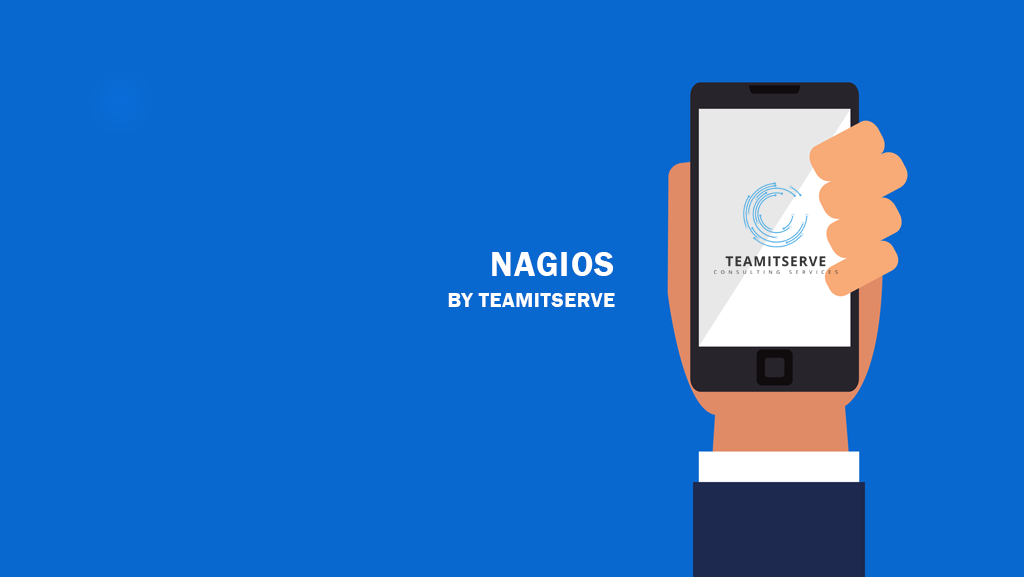
Nagios is a popular open-source IT infrastructure monitoring software. It is used by businesses of all sizes to monitor their servers, networks, applications, and services. Nagios can be used to track performance, availability, and security. It can also be used to send alerts when problems occur.
Nagios is a powerful tool, but it can be complex to set up and use. This blog post will provide you with a complete guide to Nagios. We will cover the following topics:
What is Nagios?
How does Nagios work?
What are the benefits of using Nagios?
How to set up Nagios?
How to use Nagios?
How to troubleshoot Nagios?
What is Nagios?
Nagios is a free and open-source computer system and network monitoring software application. Nagios uses a client–server architecture. The Nagios Core software is the server component of Nagios. It is responsible for collecting data from the monitored systems and generating alerts when problems occur. The Nagios Core software can be installed on a variety of operating systems, including Linux, Windows, and macOS.
How does Nagios work?
Nagios works by using a set of rules called service checks. Service checks are used to determine the health of a monitored system or service. Nagios can perform service checks in a variety of ways, including:
Active checks: Nagios actively checks the monitored system or service by connecting to it and issuing a command.
Passive checks: Nagios passively checks the monitored system or service by listening for notifications from it.
When Nagios performs a service check, it will return a status code. The status code indicates the health of the monitored system or service. The possible status codes are:
OK: The monitored system or service is healthy.
Warning: The monitored system or service is not healthy, but it is still functioning.
Critical: The monitored system or service is not healthy and it is not functioning.
What are the benefits of using Nagios?
Nagios is a powerful monitoring tool that offers a number of benefits, including:
Scalability: Nagios can be scaled to monitor large and complex IT infrastructures.
Flexibility: Nagios can be customized to meet the specific needs of any organization.
Reliability: Nagios is a reliable and stable monitoring tool.
Security: Nagios can be configured to use a variety of security features, including authentication, authorization, and encryption.
How to set up Nagios?
Setting up Nagios can be a complex task. However, there are a few resources available to help you get started. The Nagios website provides a comprehensive guide to setting up Nagios. There are also a few third-party tools and tutorials available.
How to use Nagios?
Once Nagios is set up, you can start using it to monitor your IT infrastructure. Nagios provides a web-based interface that you can use to view the status of your monitored systems and services. You can also use the web-based interface to configure Nagios and create service checks.
How to troubleshoot Nagios?
If you encounter problems with Nagios, you can use the web-based interface to view the Nagios logs. The Nagios logs will contain information about any errors that have occurred. You can also use the Nagios logs to troubleshoot performance problems.
Conclusion Nagios is a powerful and versatile IT infrastructure monitoring tool. It can be used by businesses of all sizes to monitor their servers, networks, applications, and services. Nagios is a reliable and secure monitoring tool that can help you keep your IT infrastructure running smoothly.

